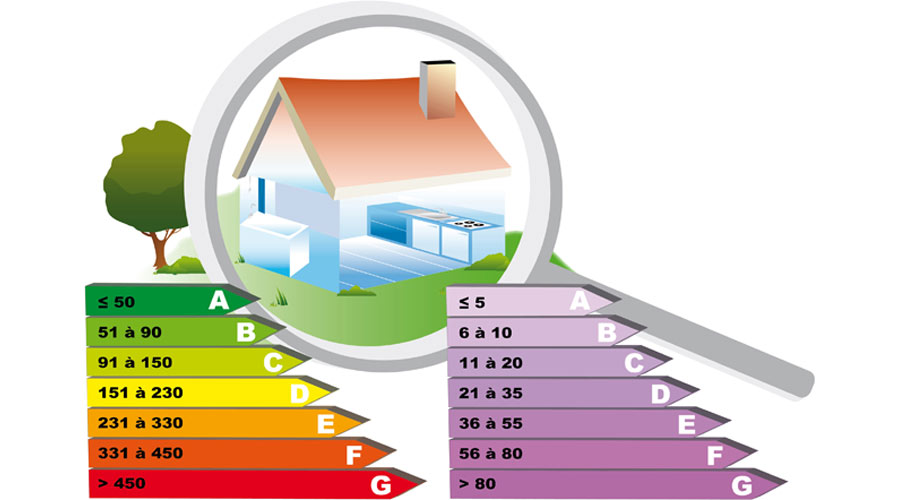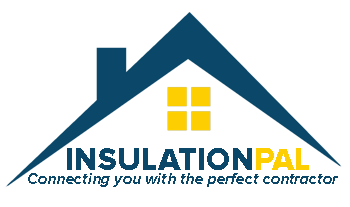What is an Energy Audit?
Learn how energy audits identify insulation needs and energy efficiency improvements to reduce your home's energy consumption and costs.

What is an Energy Audit?
An energy audit is a comprehensive assessment of your home's energy consumption that identifies where energy is being wasted and recommends improvements to increase efficiency. Professional energy auditors use specialized equipment and techniques to locate air leaks, insufficient insulation, and other energy-wasting problems.
Types of Energy Audits
DIY Walk-Through Audit
- Visual inspection of obvious issues
- Review of utility bills and usage patterns
- Free but limited in scope
Professional Energy Assessment
- Comprehensive analysis using specialized equipment
- Detailed report with prioritized recommendations
- Cost-benefit analysis of improvements
Energy Audit Process
1. Pre-Audit Analysis
- Review 12-24 months of utility bills
- Assess home size, age, and construction type
- Interview homeowners about comfort issues
- Identify major energy-using appliances
2. Visual Inspection
- Examine insulation levels in attic, walls, and basement
- Check for air leaks around windows, doors, and penetrations
- Assess ductwork condition and sealing
- Evaluate HVAC equipment efficiency
3. Diagnostic Testing
- Blower door test to measure air leakage
- Thermal imaging to identify insulation gaps
- Duct blaster test for ductwork leaks
- Combustion safety testing
Key Diagnostic Tools
Blower Door Test
- • Measures total air leakage
- • Pressurizes/depressurizes home
- • Locates air leak sources
- • Quantifies improvement potential
Thermal Imaging
- • Infrared camera visualization
- • Identifies missing insulation
- • Shows thermal bridging
- • Reveals moisture issues
Common Findings
- Insufficient Insulation: Attics, walls, and floors below recommended R-values
- Air Leaks: Around windows, doors, electrical outlets, and penetrations
- Duct Problems: Leaky or uninsulated ductwork in unconditioned spaces
- Equipment Issues: Inefficient or improperly sized HVAC systems
Audit Report Components
A comprehensive energy audit report typically includes:
- Executive Summary: Key findings and priority recommendations
- Current Energy Use: Baseline consumption and costs
- Improvement Recommendations: Specific upgrades with cost estimates
- Cost-Benefit Analysis: Payback periods and savings projections
- Implementation Priority: Most effective improvements first
- Utility Rebates: Available incentives and programs
Cost and Savings
Audit Costs
$300-$800 for professional audit
Often rebated by utilities
Potential Savings
10-40% reduction in energy costs
$200-$2,000+ annual savings
Payback Period
2-10 years typical range
Varies by improvement type
Home Value
Increases resale value
Improves comfort and health
When to Get an Energy Audit
- High or increasing energy bills
- Uncomfortable rooms or temperature variations
- Drafts or air leaks
- Before major renovations
- When purchasing a new home
- To qualify for utility rebates
Choosing an Energy Auditor
Look for certified professionals with credentials from organizations like BPI (Building Performance Institute) or RESNET. Many utility companies offer subsidized audits or maintain lists of qualified auditors. Ensure the auditor uses diagnostic equipment and provides a detailed written report with specific recommendations.
Quick Facts
- Duration:2-4 hours
- Cost:$300-$800
- Savings:10-40%
- Payback:2-10 years
- Rebates:Often Available
Get Professional Energy Audit
Connect with certified energy auditors in your area to identify insulation and efficiency improvements.
